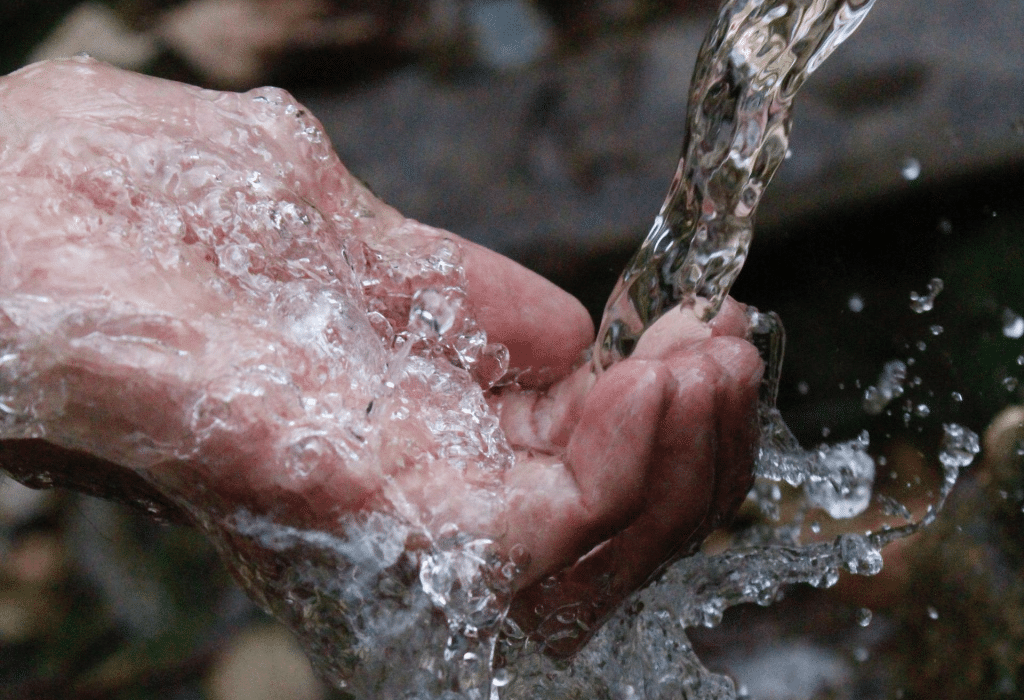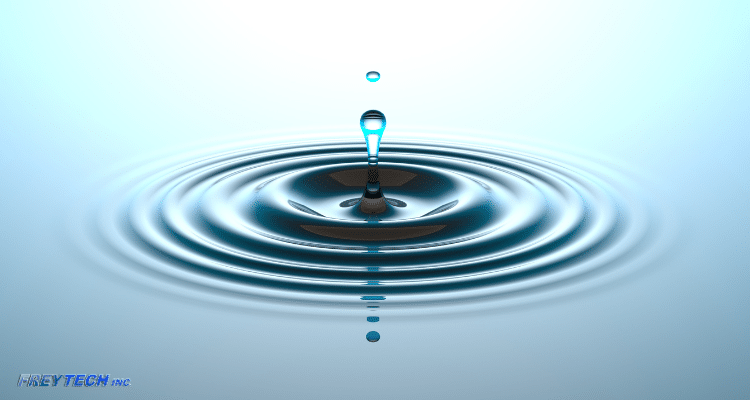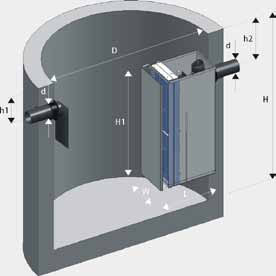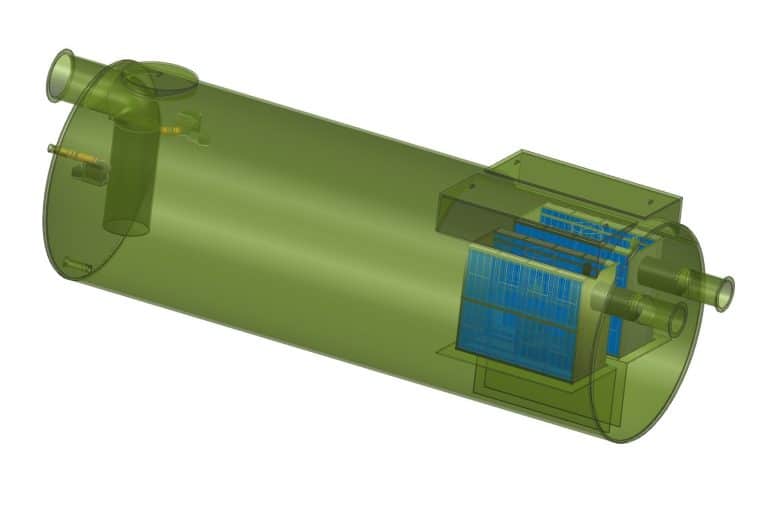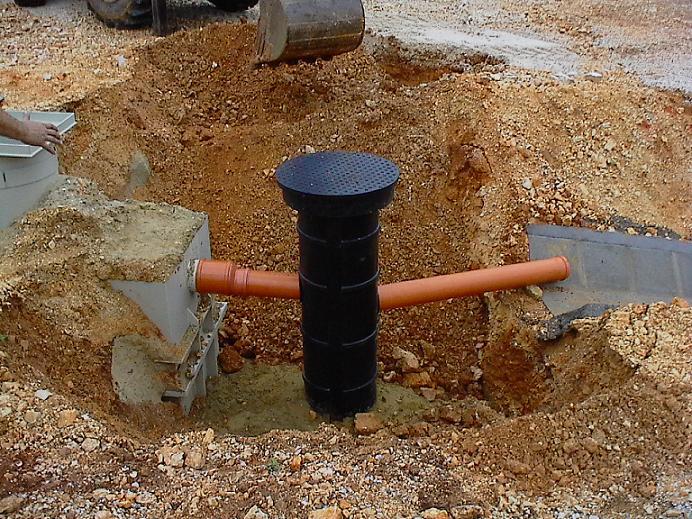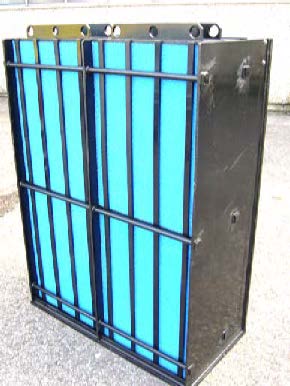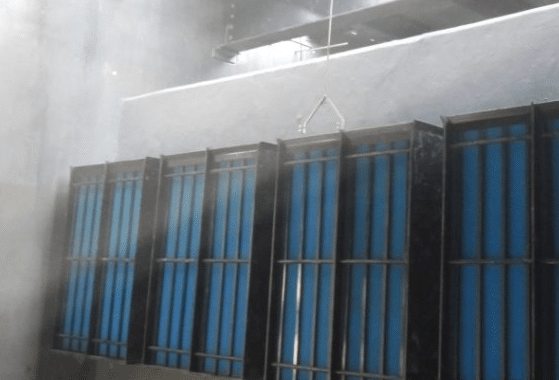Ever wondered How Does an Air Compressor Oil Water Separator Work? or what happens to oil and water in your air compressor system? An air compressor oil water separator is the key. It filters out water, oil, and other bad stuff from the air. This makes sure your system works well and efficiently.
These separators can remove up to 99.9% of oil. This means they play a big role in keeping your air clean and your system running right. Learning about air compressor oil water separators can change how you keep your air clean and meet industry rules.
This article will explore how oil water separators work. We’ll also look at Freytech Inc.’s new tech that makes them better. As companies aim for green and efficient ways to work, knowing your air compressor water separator is key.
Key Takeaways
- An air compressor oil water separator can filter out contaminants, improving air quality and equipment lifespan.
- Oil separators achieve remarkable oil removal efficiencies, promoting better energy use and reduced environmental impact.
- Regularly maintaining these systems can lead to significant cost savings through decreased repair and energy expenses.
- Understanding the principles of separation technology is vital for achieving optimal operation in compressed air systems.
- Investing in advanced oil water separators can enhance compliance with environmental regulations and industry standards.
Understanding the Basics of Oil Water Separators
Knowing about air compressor oil water separators is key in many industries. These devices are made to remove oil and hydrocarbons from water. They are vital when compressed air systems produce condensate that could harm equipment and the environment.
What is an Oil Water Separator?
An oil water separator works to separate oil from water. It uses gravity to do this, making sure the water meets environmental standards. This process helps manage waste in many industries.
Importance of Oil Water Separators in Industry
In industries like food and healthcare, air quality is critical. Not keeping oil water separators in good shape can cost a lot, up to 20%. They help avoid fines and keep businesses in line with water discharge rules.
Ignoring these devices can also damage systems, costing $500 to $2,000 to fix. Understanding their importance helps prevent these costly problems.
Key Components of an Oil Water Separator
The main parts of oil water separators include cores, tank bodies, and valves. Filters also play a role and need to be replaced sometimes. Low-quality filters can cause problems.
Keeping these parts in good shape is important. Neglecting maintenance can shorten an air compressor’s life by 50%. Regular checks help ensure the separator works well, keeping systems efficient and safe from oil contamination.

How Oil Water Separators Operate
Oil water separators work in a simple yet complex way. They start by collecting condensate and then filter it through several stages. This process focuses on removing excess moisture, which is key to keeping systems running smoothly.
The Separation Process Explained
The heart of how oil water separators work is gravity separation and filtration. When condensate flows through the separator, oil droplets float up and water sinks down. This method not only removes moisture but also prevents corrosion and equipment failure in pneumatic tools.
Role of Coalescing Technology
Coalescing technology is vital in improving the air compressor’s moisture removal. It combines small oil droplets into bigger ones, making it easier to separate them. This leads to cleaner compressed air and better performance of pneumatic tools.
Differences Between Types of Separators
There are many types of separators, each with its own method for different needs. For example, the ÖWAMAT® uses gravity, while the QWIK-PURE® is more advanced for tough industrial settings. These advancements show how oil water separators keep getting better, meeting environmental standards and working well in many places.
For more details on these technologies and their uses, check out Freytech Inc.’s dedicated page on oil water.
Standards and Regulations for Water Discharge
It’s key for businesses to follow rules for managing wastewater from air compressor systems. In North America, rules on hydrocarbon discharge are very important. They help protect the environment. The limit is 10 Parts per Million (10 PPM) for hydrocarbon discharges.
This rule helps keep water quality good and protects nature around us.
Overview of North American Hydrocarbon Discharge Limits
The Environmental Protection Agency (EPA) sets rules for businesses to follow. These rules are part of the Spill Prevention, Control, and Countermeasure (SPCC) and the Clean Water Act (CWA). They make sure businesses meet strict hydrocarbon discharge limits.
Class I oil separators are used to keep oil levels low. This shows how important it is for businesses to use good technology in their processes.
Importance of Compliance for Businesses
Following water discharge rules is more than just a law. It’s also good for a business’s image. Not following the rules can cause big problems.
It can lead to fines, losing the right to operate, and harm to a company’s reputation. Knowing about hydrocarbon discharge limits helps businesses manage waste better. This shows they care about the environment and society.
Freytech Inc.’s Enhanced Coalescing Technology
Freytech Inc. leads in innovation with their advanced coalescing technology. This system can separate oil from water to an impressive 5 PPM. It goes beyond the usual standards, making sure almost all oil is removed.
Thanks to cutting-edge coalescing media, Freytech boosts oil water separator efficiency. This means even tiny amounts of oil are caught during treatment.
Achieving 5 PPM Separation Efficiency
Freytech’s technology offers top-notch separation abilities. It works well under different conditions, pulling oil out of water with great accuracy. This is great for industries that must follow strict environmental rules.
Advantages of Enhanced Coalescing Media
The special coalescing media in Freytech systems has many benefits. It boosts oil water separator efficiency and helps the equipment last longer. This clean separation helps the environment too.
Reusable and Easy-to-Maintain Components
Freytech makes oil separators easy to care for. The parts can be reused, saving money and time. Simple maintenance lets businesses focus on their main work while keeping systems running smoothly.
Specialized Separation of Hydrocarbons
Freytech systems are great at separating hydrocarbons like motor oil, diesel, gasoline, and jet fuel. They work well in many industries, meeting different needs.
Types of Hydrocarbons Separated by Freytech Systems
Freytech systems can handle many types of hydrocarbons. They work well with both light and heavy hydrocarbons. This makes them useful in many places.
Separation Efficiency for Emulsified Oils
Emulsified oil separation is a big part of Freytech’s work. These oils are hard to treat because of their complex structure. Freytech systems can separate them very well, getting down to 0.1 PPM. This shows how good they are at cleaning water.
Benefits of Removing Trace Hydrocarbons
Removing hydrocarbons has many benefits. It helps companies follow rules and reduce their impact on the environment. It also makes wastewater better. This helps businesses and the planet.
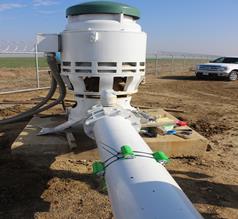
The Role of the Optional Oil Skimmer
Freytech’s optional oil skimmer boosts the performance of oil water separator systems. It automatically extracts waste oil, making operations more efficient. This device optimizes fluid treatment processes.
Functionality of the Patented Oil Skimmer
The oil skimmer works mechanically to remove tramp oil from industrial fluids. It’s designed for various uses, including CNC machine coolants. Without manual help, it separates oil efficiently.
There are different types of skimmers, like belt and tube skimmers. They fit different tank sizes and fluid levels. This ensures they work well in many industrial settings.
Benefits of Automatically Draining Separated Oil
Skimmer technology offers more than just oil removal. It helps lower maintenance costs and extends fluid life. By automatically removing oil, it prevents equipment damage and costly fluid replacements.
This approach also helps systems last longer and work better. It’s a key to better efficiency.
Quality of Skimmed Oil and Its Recycling
The oil skimmer produces high-quality skimmed oil. It has a purity level of 99.7%, making it perfect for recycling. This turns waste into a valuable resource for industries.
Recycling the oil properly ensures it meets quality standards. This makes oil skimming a sustainable and cost-effective solution for industries.
Maintenance and Longevity of Oil Water Separators
Keeping oil water separators in good shape is key to their performance and life. Regular upkeep helps remove oil and water and boosts system efficiency. Freytech stresses the need for inspections, filter swaps, and deep cleanings to avoid breakdowns.
How to Properly Maintain Freytech Systems
For the best results from Freytech systems, stick to a maintenance plan. Changing filters every 3 to 6 months is important. Also, placing the separator near the compressor improves its efficiency.
This setup helps remove pollutants better, making the system cleaner and more efficient.
Importance of Regular Inspections and Cleaning
Regular maintenance is very important. Following a detailed maintenance schedule can cut repair costs by up to 25%. It also stops clogs and reduces the chance of compressor failures.
Quick action saves energy, cutting costs by 10% to 15%. This leads to lower operational expenses.
Lifespan of Coalescing Media
The lifespan of coalescing media is critical for top performance. These filters are built to last and can be cleaned with a spray wash. Proper care ensures the separator works well for a long time.
This leads to better productivity, about 15% more. Good maintenance and high-quality filters extend equipment life, linking maintenance to efficiency.
Cost-Effectiveness of Using Oil Water Separators
Oil water separators are a smart choice for industries. They help equipment last longer and cut down on maintenance costs. This makes oil separation a cost-effective option, thanks to companies like Freytech.
Financial Benefits of Efficient Oil Separation
Efficient oil separation saves a lot of money. For example, the AQUAMAT oil/water separator can save up to 90% on disposal costs. It also helps extend equipment life and lowers maintenance costs.
Regular checks and cleanings keep these systems running well. This shows how oil separation can save money.
Comparing Costs: Traditional Methods vs. Freytech Solutions
Traditional methods often cost more to maintain and replace. But, Freytech’s solutions like the QWIK-PURE® system are more efficient. This means less need for frequent service, saving businesses money in the long run.
These savings help companies stay within budget and meet environmental rules without extra costs.
Long-Term Savings through Recycling
Oil recycling in separator systems adds to their value. It keeps oil from harming the environment and meets strict rules. This approach also saves money on disposal and supports sustainability.
By recycling oil, companies can cut costs and help the planet. This is important in today’s competitive world.
Contact Freytech Inc. for More Information
Businesses looking for top-notch oil water separation solutions should get in touch. Freytech Inc. has innovative products to boost air compressor efficiency and meet regulations. With 114 service locations across states like California, Texas, and New York, Freytech is ready to help nationwide.
How to Reach Us: Contact Details
Interested in how our products can help your business? Contact Freytech Inc. at +1 (305) 372-1104. Our team is eager to answer any questions about our services or your needs.
Schedule a Consultation or Inquiry
Want to talk about custom solutions for oil-water separation? Schedule a consultation with Freytech. Our experts can help pick the best technology for your needs. For more information, reach out today and let’s discuss how we can enhance your operations.
